Pet Owners: These 6 Everyday Cleaners Could Be Putting Your Pets at Risk
I’ve been writing about pets and home safety for years, and I still meet too many pet owners who assume household cleaners are harmless — until a curious cat licks a countertop or a puppy chews a laundry pod. That moment is terrifying, and it’s avoidable.
In this piece I’ll cut through the scare headlines and the vague “keep away from pets” warnings. I’ll name the six cleaning products I would never use in a pet household, explain exactly how they hurt dogs, cats, and other animals, and give you clear swaps and routines you can start today.
You won’t get long-winded chemistry lectures — just practical label-reading tips, real actions for cleaning safely, and a short checklist you can use the next time you pick up a spray bottle. I want you to feel confident, not confused.
Before we dive: what’s one cleaner you use now that you’re unsure about? Tell me and I’ll make sure the guide covers it.
The 6 Most Dangerous Cleaning-Product Types for Pets
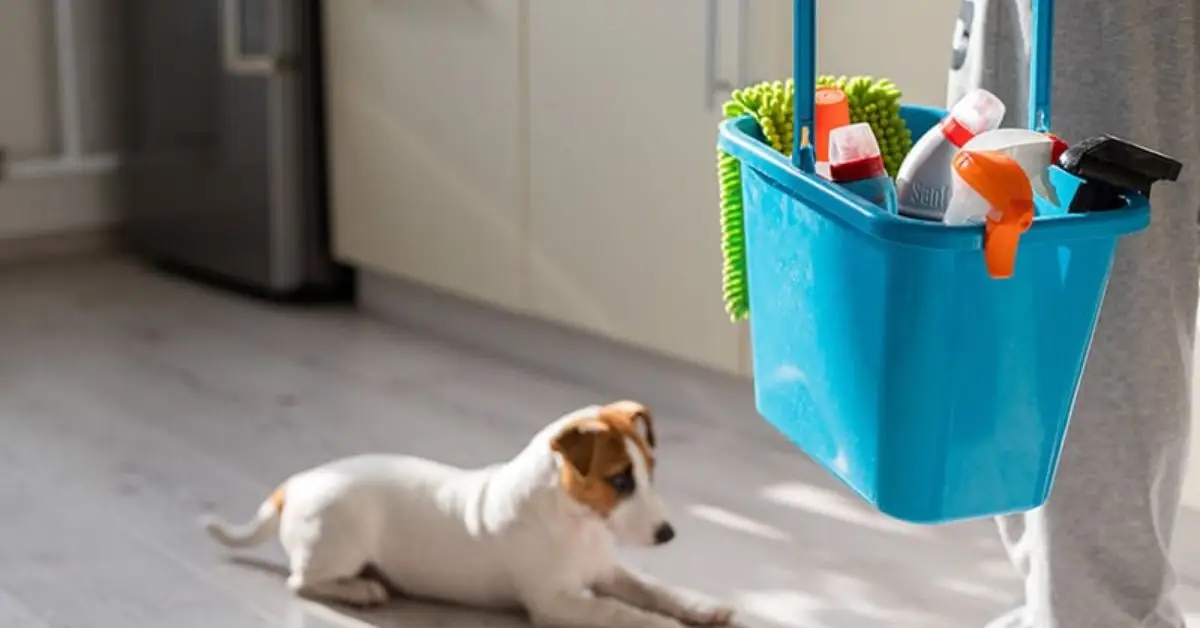
1. Bleach & Chlorine-Based Cleaners
Bleach shows up in bathrooms, laundry rooms, and multipurpose sprays. Most formulas contain sodium hypochlorite or chlorine, which makes them strong disinfectants but extremely harsh on pets.
Where bleach is commonly used:
- Bathroom sprays
- Toilet cleaners
- Laundry whiteners
- Multipurpose disinfectants
Risks to pets:
- Chemical burns on skin or eyes
- Breathing problems from fumes
- Vomiting and stomach damage if ingested
- Higher sensitivity in cats, birds, and small animals
Bleach is one of the most “normal” household cleaners, and pets breathe closer to the ground and groom surfaces, making them far more exposed than we are.
2. Ammonia-Based Window, Kitchen & Floor Cleaners
Ammonia is a staple in many shiny-surface cleaners.
Common products containing ammonia:
- Glass cleaners
- Floor polishes
- Stainless-steel sprays
- Oven and cooktop cleaners
Dangers for pets:
- Irritated nose, throat, and lungs
- Chemical burns on paws
- Stomach issues from licking treated surfaces
- Deadly if mixed accidentally with bleach (forms chloramine gas)
These feel harmless because they don’t “smell” as dangerous as bleach, but everyday sprays can quietly irritate or poison pets.
3. Phenols & Quaternary Ammonium Compounds (Quats)
These ingredients are often found in heavy-duty disinfectants and antibacterial products.
Where phenols and quats show up:
- Antibacterial sprays
- Disinfecting wipes
- Pine-scented cleaners
- “Deep-clean” multipurpose products
Toxic effects:
- Skin burns
- Neurological issues
- Liver damage, especially from phenols
- Higher risk for cats due to grooming habits
Products marketed as “hospital-grade clean” often contain the chemicals pets react to the most.
4. Isopropyl Alcohol, Formaldehyde & Other Solvent-Based Cleaners
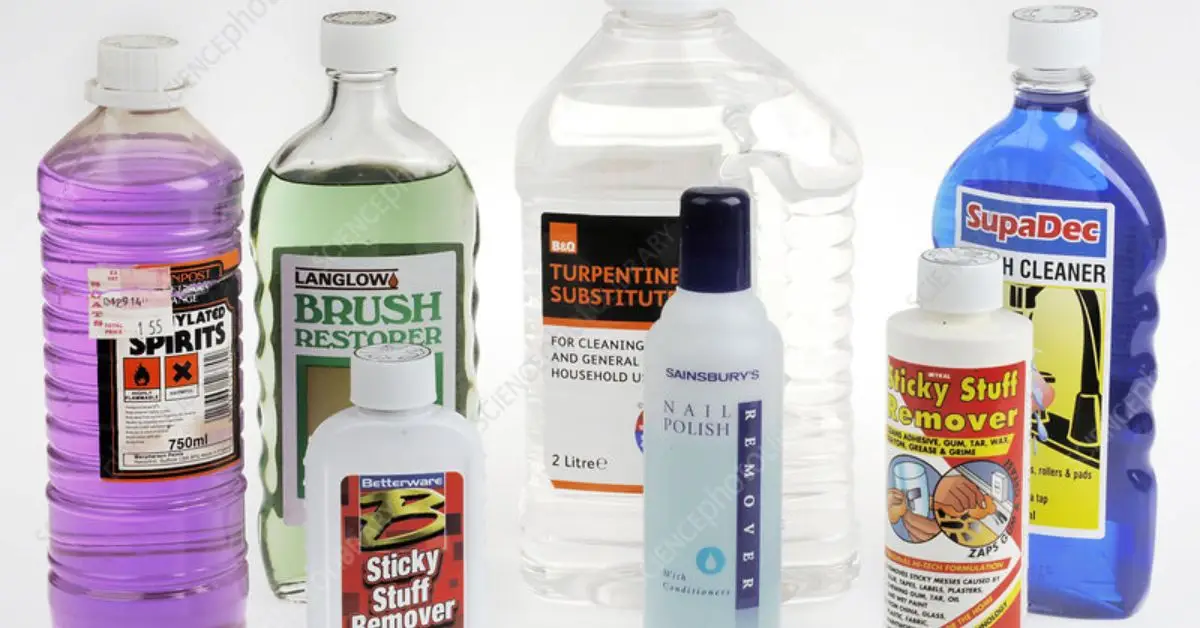
These chemicals are less obvious, but just as harmful.
Common places you’ll find them:
- Electronics and screen cleaners
- Heavy bathroom sprays
- Stain removers
- Some degreasers
Risks for pets:
- Irritated skin, eyes, and lungs
- Vomiting and dizziness
- Long-term organ stress
- Carcinogenic potential (formaldehyde)
Solvents hide in products pet owners rarely question — especially quick-dry sprays.
5. Laundry Products, Fabric Softeners & Carpet / Upholstery Cleaners
Many owners never think of laundry supplies as toxic, but they are a major source of pet poisonings.
Typical harmful ingredients:
- Surfactants
- Fragrances
- Solvents
- Concentrated detergent pods
How pets get exposed:
- Chewing laundry pods
- Licking freshly washed fabrics
- Sleeping on newly cleaned carpets
- Walking on treated surfaces and grooming paws
The softest places in the home — carpets, blankets, bedding — often carry the highest residue load. When you rely on carpeted spaces for pets to relax or play, it helps to know safe ways to refresh those surfaces, and this guide on deep-cleaning your carpet without a machine shows pet-friendly methods that avoid chemical-heavy products.
6. Scented Products, Essential Oils, Air Fresheners & Add-Ons
“Natural” doesn’t mean pet-safe, especially for cats.
Products that often cause problems:
- Essential oils (tea tree, pine, citrus, eucalyptus, more)
- Plug-in diffusers
- Room sprays
- Scented fabric softeners
- Potpourri and wax melts
Health dangers:
- Breathing difficulty
- Eye and skin irritation
- Toxicity from licking or grooming
- Chronic exposure symptoms
Many poisoning cases come from fragrances rather than harsh cleaners. Pet MD offers a helpful breakdown of these risks.
How Pets Are Particularly Vulnerable (Behavior + Physiology)
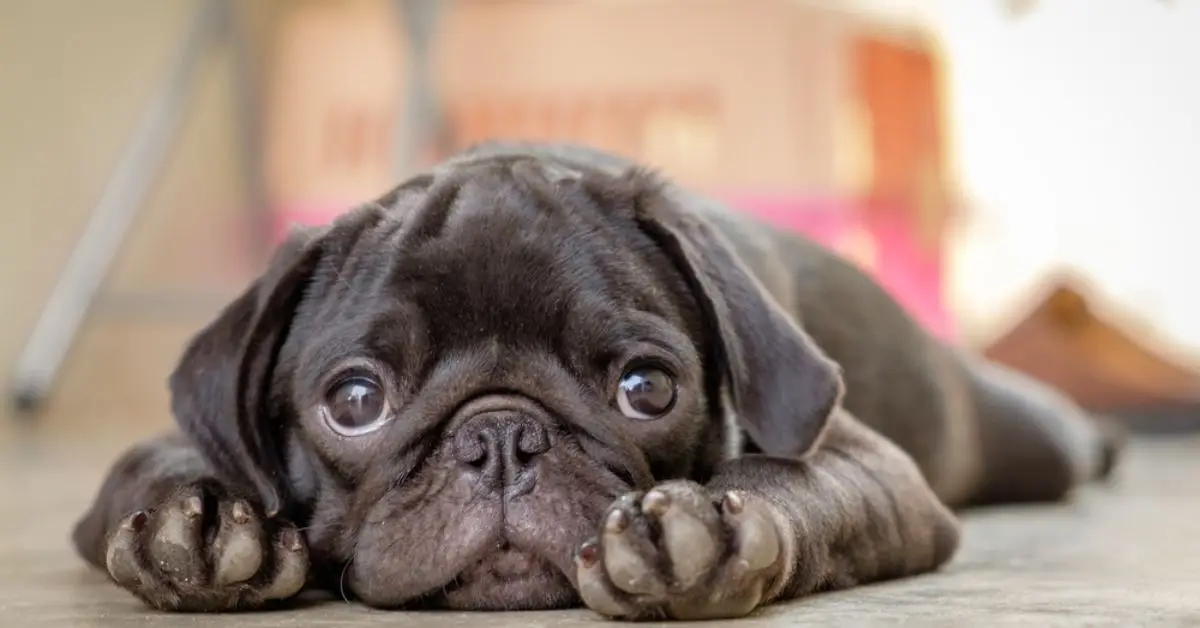
Pets interact with your home very differently than you do, and that difference is what puts them at risk. They breathe closer to the floor, where chemical fumes, dust, and residue settle. And unlike humans, they groom themselves constantly — which means anything on their paws, fur, or whiskers ends up inside their bodies within minutes.
How everyday behavior increases exposure:
- Pets inhale fumes that sink and linger closer to the ground.
- They lick their paws after walking on recently cleaned floors.
- They rub their faces on furniture or lie on freshly washed fabrics.
- Cats, especially, groom aggressively — any residue becomes ingestion.
Why certain species are more sensitive:
- Cats lack key liver enzymes that humans have. This makes them far more vulnerable to phenols, essential oils, and solvent-based cleaners.
- Birds have extremely delicate respiratory systems; even mild fumes can trigger distress.
- Small animals (rabbits, guinea pigs) absorb chemicals faster due to size and metabolic rate.
Main exposure routes — and what can go wrong:
- Inhalation: Irritated airways, coughing, difficulty breathing, long-term lung stress.
- Ingestion: Vomiting, drooling, burns to mouth and GI tract, organ damage.
- Skin contact: Paw irritation, redness, chemical burns, secondary ingestion through grooming.
Pet-poison hotlines and veterinary centers report thousands of cases every year tied to household cleaners.
For a broader understanding of risks beyond cleaning agents, you can also explore this overview of common home hazards every pet parent should check for that helps identify less obvious danger zones.
This helps you understand the “why” behind the warnings. Even diluted products or small amounts matter when a pet breathes, walks, or licks surfaces all day. If you’ve ever thought, “It’s just a little bleach — it’s fine,” this is the part that shows why it isn’t.
What’s Often Overlooked — Hidden Hazards & Label-Reading Mistakes
Most pet owners trust what’s on the front of a label — not the ingredient list that actually determines safety. That’s where accidents happen.
Misleading product categories:
- “Natural,” “herbal,” or “plant-based” cleaners can still contain phenols, quats, or concentrated fragrances that harm pets.
- “Disinfectant” or “antibacterial” products often rely on harsh compounds — even if the packaging looks gentle.
- “Multi-surface” sprays may hide solvents or strong synthetic scents.
Common household items that get overlooked:
- Laundry pods and detergent boosters
- Scented fabric softeners and dryer sheets
- Carpet and upholstery cleaners
- Deodorizers and rug refreshers
- Plug-in air fresheners, sprays, and diffusers
These products leave invisible residues that cling to fibers, making them easy for pets to inhale or ingest.
Routine mistakes most owners don’t realize are dangerous:
- Cleaning without ventilation
- Letting pets re-enter rooms too quickly
- Not rinsing or wiping surfaces after disinfecting
- Using diffusers or air sprays in closed rooms
One helpful overview of ingredient risks comes from VCA Animal Hospitals.
Most of the dangers pet owners encounter come from products they never questioned. By learning how to read labels and where hidden chemicals show up, you avoid the “I had no idea this was toxic” scenario — the one that leads to the majority of emergency vet visits.
How to Clean a Pet-Safe Home — Safer Alternatives & Best Practices
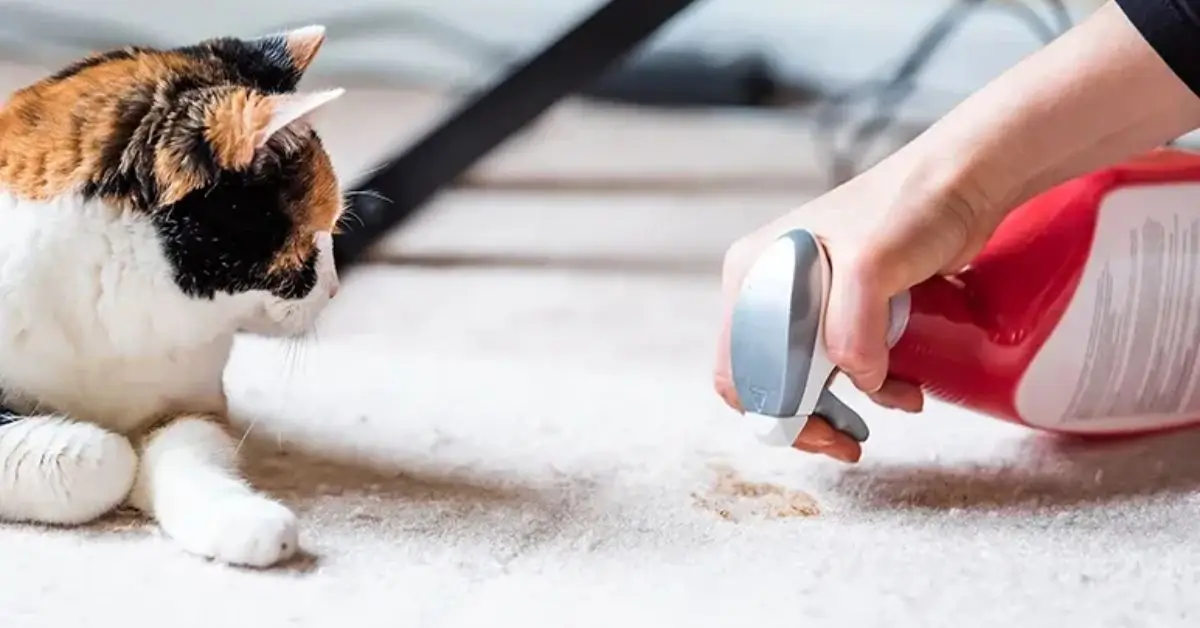
A pet-safe home isn’t about avoiding cleaning — it’s about choosing methods that don’t leave harmful fumes or residues behind. You can keep your space spotless without risking your pet’s health.
Safer cleaning options you can rely on:
- Plain water for daily dust and wipe-downs
- Diluted vinegar and baking soda for deodorizing
- Steam cleaning for floors, tiles, and bathrooms
- Unscented castile soap for dishes, counters, and general cleaning
- Enzymatic cleaners for odors and organic stains
- Pet-safe certified cleaners for when you need disinfection
Build safe cleaning habits into your routine:
- Clean when pets are in another room
- Ventilate well — open windows, turn on fans
- Always rinse surfaces after using strong cleaners
- Let floors and fabrics dry fully before pets return
- Store all cleaning agents in closed cabinets or high shelves
How to read labels the smart way:
Avoid products that list:
- Bleach or sodium hypochlorite
- Ammonia
- Quaternary ammonium compounds (quats)
- Phenols
- Glycol ethers
- Isopropyl alcohol
- Strong synthetic fragrances
- Essential oils like tea tree, eucalyptus, pine, citrus
Quick “safe home” label checklist:
- No bleach
- No ammonia
- No phenols
- No quats
- No solvents
- Unscented or low-fragrance only
- Rinse after use
- Keep pets out until dry
Helpful tools for everyday cleaning:
- Microfiber cloths for dusting
- Steam mops for floors
- Unscented detergents
- Basic DIY mixes (vinegar, baking soda, castile soap)
- Enzymatic cleaners for pet messes
It turns awareness into action. Instead of telling pet owners what not to use, you give them a simple, practical way to clean safely every day.
What To Do If Your Pet Is Exposed or Poisoned — Signs, First Aid, Vet Help & Prevention
Accidents happen fast — sometimes all it takes is a lick of a wet floor or a sniff of a strong cleaner. Knowing what to watch for and how to respond can prevent a mild exposure from becoming a crisis.
Watch for these symptoms:
- Drooling or pawing at the mouth
- Vomiting or stomach upset
- Coughing, wheezing, or difficulty breathing
- Redness on paws or around the mouth
- Weakness, shaking, or unusual lethargy
- Eye or nasal irritation
If exposure happens, act immediately:
- Move your pet away from the chemical
- Open windows to clear fumes
- Rinse paws, fur, or skin with lukewarm water
- Flush eyes gently if irritated
- Don’t induce vomiting unless a vet says it’s safe
- Call your vet or a pet-poison hotline for guidance
For a clear, vet-backed overview of household items that can harm pets, you can review ASPCA’s poisonous household products guide.
A simple prevention protocol:
- Store all cleaners securely
- Read ingredient lists every time
- Rinse surfaces after disinfecting
- Keep pets out of freshly cleaned rooms
- Never spray products near food bowls, beds, or litter areas
- Make ventilation and drying time part of your routine
When you already know the warning signs and the right first steps, you make better decisions under pressure — and that alone can protect your pet from serious harm.
Why Many “Pet-Safe” Claims Are Misleading — What Experts Say (and Don’t)
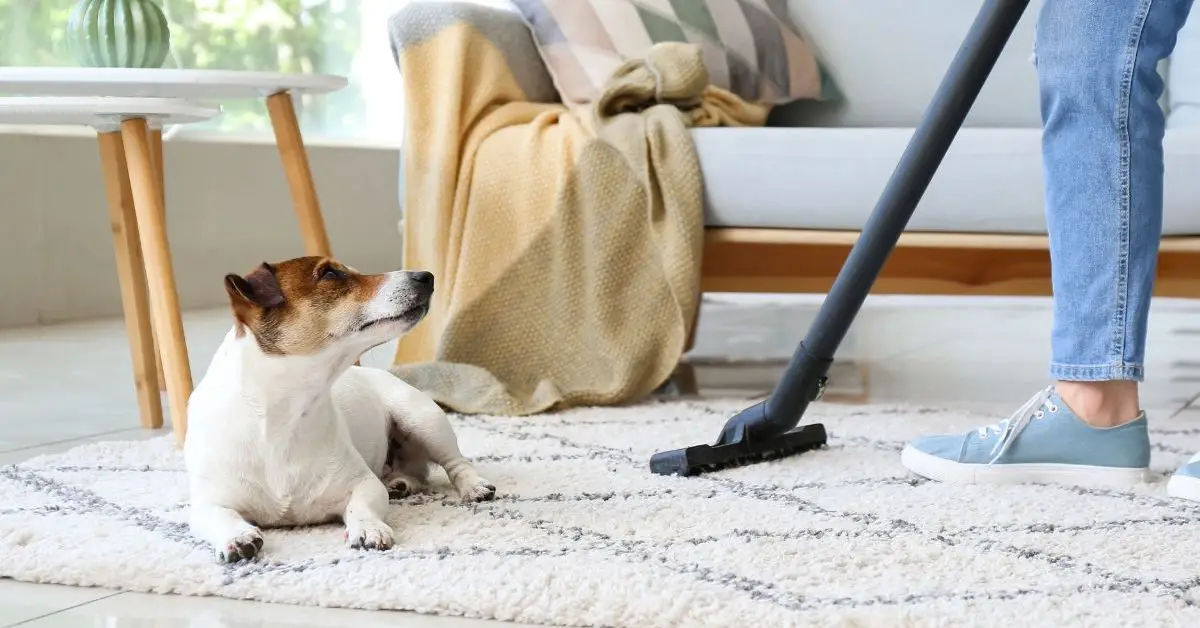
A lot of cleaners that claim to be “pet-safe” rely on wording that sounds reassuring but avoids telling you what actually matters: the ingredients. A label can say “natural,” “eco-friendly,” or “non-toxic,” yet still contain compounds that veterinarians warn against, including quats, phenols, strong solvents, and concentrated essential oils.
Why “natural” doesn’t automatically mean safe:
- Essential oils like tea tree, eucalyptus, pine, and citrus can cause liver problems, respiratory issues, and neurological symptoms.
- Plant-based cleaners may still use phenolic compounds, which are especially dangerous for cats.
- “Green” formulas sometimes replace one strong solvent with another.
What experts caution pet owners about:
Veterinary toxicology resources and hospital bulletins often highlight:
- The high toxicity of phenol-based disinfectants, especially for cats.
- The risk of inhaling vapors from strong disinfectants or fragrances.
- The danger of residues left on floors, carpets, or bedding.
- The misconception that “diluted = safe,” which is not always true for sensitive species.
How to stay informed and avoid misleading claims:
- Read the ingredient list every single time.
- Treat vague terms like “pet-safe,” “gentle,” or “natural” as marketing, not evidence.
- When unsure, ask a veterinarian or a poison-control expert.
- Choose products that disclose every ingredient rather than ones that rely on branding.
Pet-Safe Cleaning Checklist
A safe home starts with small, consistent choices. Here’s a simple checklist you can save, print, or share with other pet owners.
Pet-Safe Cleaning Checklist:
Avoid:
- Bleach and sodium hypochlorite
- Ammonia
- Phenols
- Quats
- Solvents and strong alcohols
- Fragrances and essential oils
- Laundry pods and strongly scented softeners
Use Instead:
- Plain water for quick cleaning
- Diluted vinegar and baking soda
- Unscented castile soap
- Enzymatic cleaners
- Steam cleaning
- Pet-safe certified brands with full ingredient disclosure
Safe Cleaning Habits:
- Ventilate every room you clean
- Keep pets out during and after cleaning
- Rinse surfaces after using disinfectants
- Let floors and fabrics dry completely
- Store all products out of reach
- Read ingredient lists, not marketing claims
Label-Reading Tips:
- If you see bleach, ammonia, phenols, quats, or solvents — skip it
- Skip anything with nebulous terms like “fragrance blend”
- Be wary of “natural” or “herbal” unless ingredients are fully listed
Post-Cleaning Steps:
- Double-check floors and counters for residue
- Wash pet bedding separately with unscented detergent
- Run fans or open windows to clear lingering vapors
If you want more guides like this — or if you’d like a deeper breakdown of which cleaners are safe for your home — visit Build Like New for practical, expert-level home care insights.
And if you’re updating your space to be safer and more comfortable for your pets, these pet-friendly interior design ideas offer simple improvements that make a noticeable difference.
What’s one cleaner you’re using right now that you want me to check for safety?
Disclaimer: This information is for general guidance only and is not a substitute for professional veterinary advice. If you suspect your pet has been exposed to a harmful substance, contact your veterinarian or a certified poison-control center immediately.


